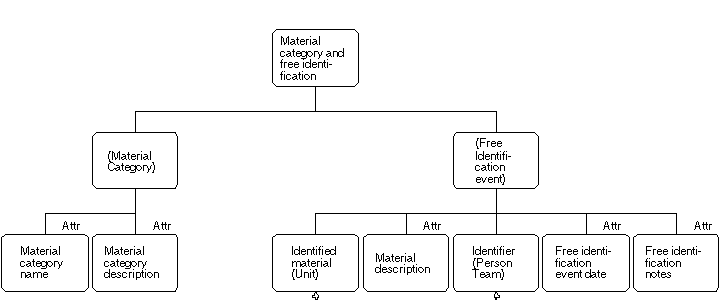

Diagram 20: Material category and free identification
A specific material category name is assigned to the material in the unit. This may be a rather broad term (e.g. "herbarium material") or very specific (e.g. "dried and pressed plant material" or "photograph"). If organs or organisms are stored separately, the organ designation is part of the material category. The degree of categorization depends on the degree of detail which is to be recorded. Collection managers should carefully consider what categories to include; on the one hand simple categories ease data capture, on the other hand later addition of separate categories may involve the revision of the entire collection. The same is true for the Storage Medium, e.g. the type and size of containers used for the unit. This data item is comparable to the storage medium used in the ASC model (ASC 1992).
The Free Identification Event was created to accommodate closer description or identification of samples which are too specific to form a material category of their own, or which carry a taxonomic identification which is not within the scope of the collection. For example, for an insect from which a fungus has been isolated it would be inappropriate to force the user to enter a system of insect taxonomy if entomological data is not normally used. In soil samples, "soil" might be a material category, however, usually a more detailed description will be given (e.g. "sandy soil under 70 year old pine trees", "arable soil from wheat field"). Materials from which microbes are isolated can be quite exotic, e.g. "glass of optical lenses", "aluminium alloy of airplane kerosene plumbing", etc. Introducing a material category of their own for each such case would clearly overstructure the database. Therefore the material category should remain general and the attribute material description within the Free Identification Event entity can be used to further specify the material. In analogy to the taxonomic identification event, attributes for the date of the event, the identifier, and notes are supplied.